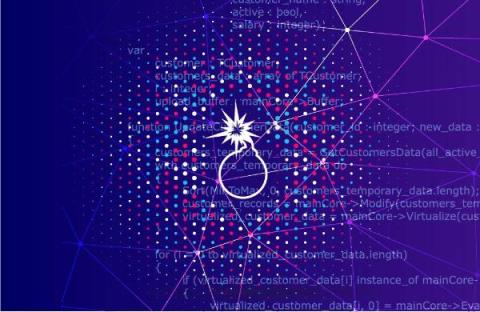Why Legal Regulation Shifts Responsibility for Software Supply Chain Security to Vendors
In the face of increasingly impactful malicious attacks, governments of leading economies have turned their attention to the software supply chain security. Regulations like the EU’s Digital Operational Resilience Act (DORA) for financial institutions and the Cyber Resilience Act (CRA) for software and hardware providers Australia’s 2023-2030 cybersecurity strategy, and the U.S.









